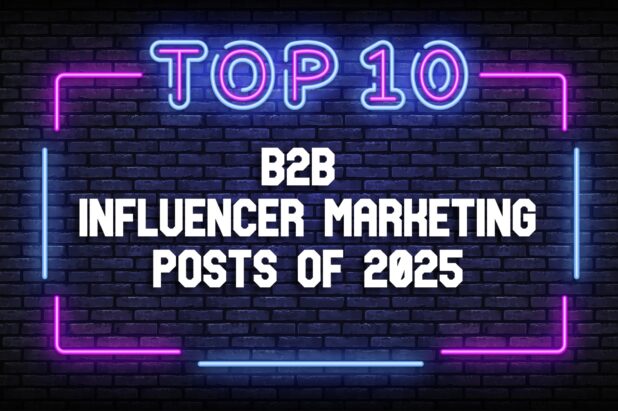We’ve all received them and we’ve all sent them. They can be given but they can’t be taken back. It’s a single action that can cause people to unfriend, unfollow, or unsubscribe. What are they? Emails! Emails can inspire, engage, or excite your prospects or customers but can have the opposite effect of what you were aiming for if you don’t follow some simple rules.
Creating an effective email marketing campaign is not always an easy task. However, there are a few things to keep in mind that may help take some of the fear out of launching your own campaign. Not every campaign will be successful but if you’re good about analyzing results, admitting shortcomings and making changes, who says you can’t learn from your mistakes?
#1 – Please, Please, Please Don’t Spam!
It’s 8am on Monday and you’re frantically trying to catch up on emails from the weekend. A subject line catches your eye “Thank You For Meeting Me.” This must be from someone you know, right? WRONG. Once you open the email you receive a message on ways you can generate millions of dollars without lifting a finger. All it requires is a “small” investment on your part. Although this is an extreme example of spamming, it is important that you keep this example in mind when creating your own campaigns. Be honest about who you are and try to offer something of value.
#2 – Have A Plan (Or Else)
Nothing hurts an email campaign more than inconsistent messaging and lack of direction. Your sales and marketing message should be aligned and you MUST have a plan for distributing your content. Email campaigns should always be written for your target audience. If you are targeting different decision makers in different industries, guess what? You will have to adapt your approach to meet the needs of your customer segment.your prospect base customer segment. Email is not always a “one size fits all” solution, but it should still follow a consistent process with end goals in mind.
#3 – Easy On the Eyes – Fuel For the Brain
Your email is likely 1 of 1,000 sitting unread in your prospect’s email inbox. If you have written a subject line that is compelling enough to get them to open, it’s important that you keep their attention, or they’ll just delete or move on to the next message. Make sure that your emails are scanable. Include bullet points with USEFUL and INTERESTING information. For example, an email that is 5 paragraphs long will not only lose the attention of your audience, but will cause readers to hesitate opening the next message from you that comes to their inbox.
#4 – Don’t Trip Up: Set Next Steps
So, you’ve managed to get in front of your target audience and they’ve read your email. Now what? NEVER leave it up to your audience to decide what the next steps are. Offer some sort of call to action such as a specific and relevant offer, recommending a date and time you can speak further, or a link to some useful information.
#5 – Make Content Sharable
If possible, embed sharable icons to your email communication. Why? If your audience does have interest in the message you’ve shared and would like to distribute that message to their own network it is important to make it as easy as possible for readers to extend the reach of your email message to social networks at large. Just think: If even just a fraction of your target audience are sharing your information, how many more users and prospective clients that will put you in front of?
#6 – Whatever You Do, Make Sure to Analyze Your Data
You can learn a lot about your audience from your email analytics. Whether you are using a CRM tool to send out emails (like Salesforce) or an email marketing platform (like Constant Contact) be sure to watch email campaign performance metrics as closely as you can. Of the emails sent, how many were actually opened? Which links were clicked on the most? How many times was your content shared with the users’ social network? Which offers resulted in the most conversions?
What Should We Always Keep In Mind With Email Marketing?
Email marketing campaigns are comprised of many moving pieces. By following a few simple best practice rules including plan development, setting next steps, and knowing your analytics you have the recipe for a successful and measurable email marketing campaign.
I’m curious to know what email marketing strategies have worked for your company in the past? I am also very interested in hearing about some of the challenges that you’ve faced and what you’ve taken away from those experiences. The only way we get better is if we keep learning, tweaking, and adapting the way that we are executing our email marketing strategy.



